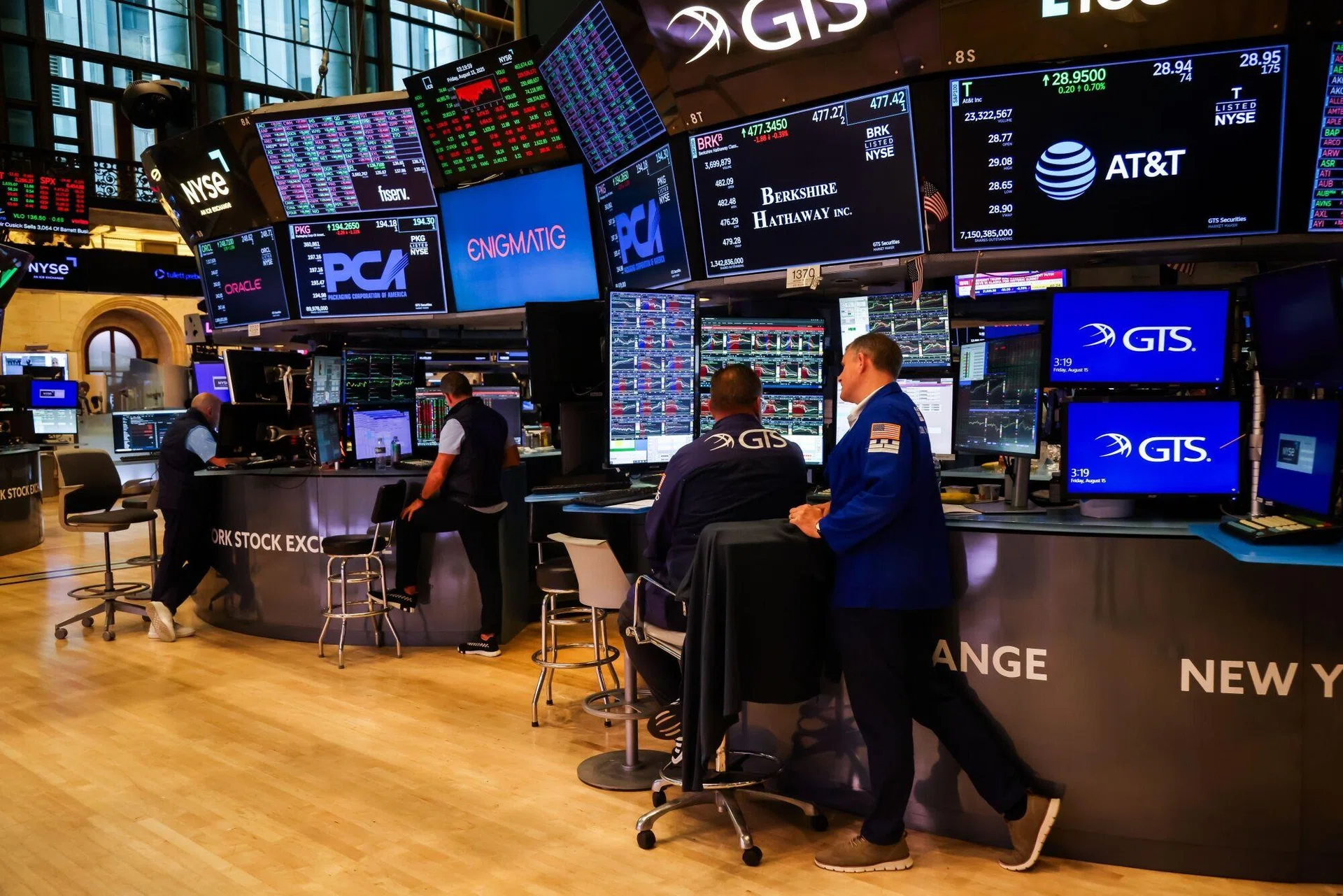THE US stock market experienced a recent notable pullback, driven primarily by escalating trade tensions between the US and China. On Oct 10, the S&P 500 sold off by 2.7 per cent, marking its largest single-day decline since April following the Liberation Day tariffs.
This came after US President Trump threatened to impose an additional 100 per cent tariffs on China as well as export controls on critical software, following China’s new export controls on rare earths. On Oct 14, China also announced sanctions against five US-linked subsidiaries of South Korean shipbuilder Hanwha Ocean, coinciding with the US-China implementation of additional port fees targeting each other’s vessels.
Apart from heightened geopolitical risks, the ongoing US government shutdown has also contributed to investor anxiety, disrupting the regular flow of critical economic data and furloughing federal employees. With key data releases postponed, including the non-farm payrolls and consumer price index, the current data blackout complicates the Fed’s ability to make informed decisions on interest rates. Additionally, the shutdown is estimated to subtract 0.1 per cent off annualised GDP growth for each week it continues, and job losses further undermine confidence in consumer demand, a key driver of both economic growth and equity market performance. At the time of writing, traders were increasingly pricing in the possibility that the current shutdown could rival the historical 35-day duration of the previous shutdown. The impasse between the Democrats and Republicans continues to drag on over policy demands related to healthcare, a dispute at the core of this shutdown.
From a technical perspective, investors should exercise caution as the current S&P 500 rally could stall with a breakdown of key support levels, signalling a near-term shift in momentum to the downside. Following the Oct 10 selloff, the S&P 500 broke down a rising wedge formation that had guided the uptrend since the beginning of June. A decisive break below the 30-day simple moving average (SMA), which has been holding as a dynamic support since late June, would support a bearish bias. Should the market extend a pullback from the current price weakness, the previous all-time high resistance level close to 6,120 points in February this year would likely hold as a strong support. This level is confluent with the 200-day SMA, a key long-term dynamic support level, as well as a 38.2 per cent Fibonacci retracement level using the swing low of 4,835 points formed on Apr 7 and the swing high of 6,764 points formed on Oct 9.
In conclusion, near-term price weakness in the S&P 500 may persist amid heightened geopolitical uncertainty and the prolonged US government shutdown. The 6,120-point level would remain a strong support, given a confluence of technical signals should a pullback extend to that area.
The writer is senior research analyst at Phillip Securities Research


